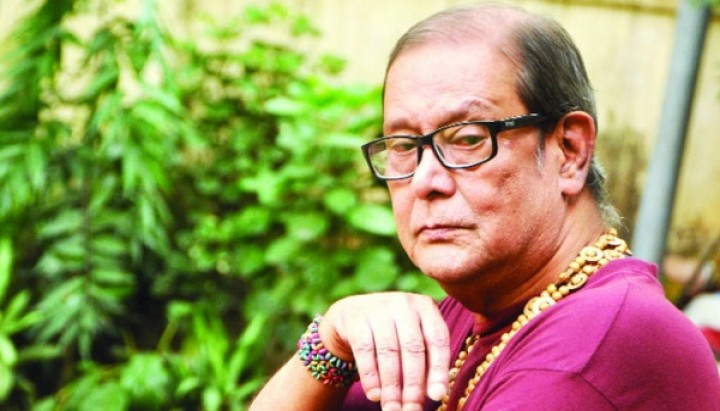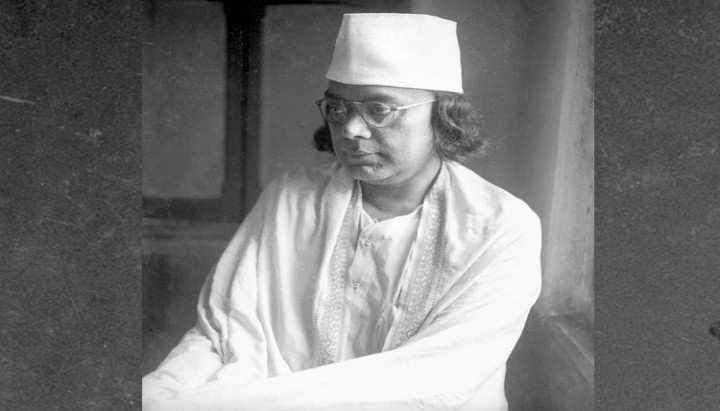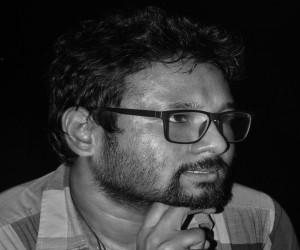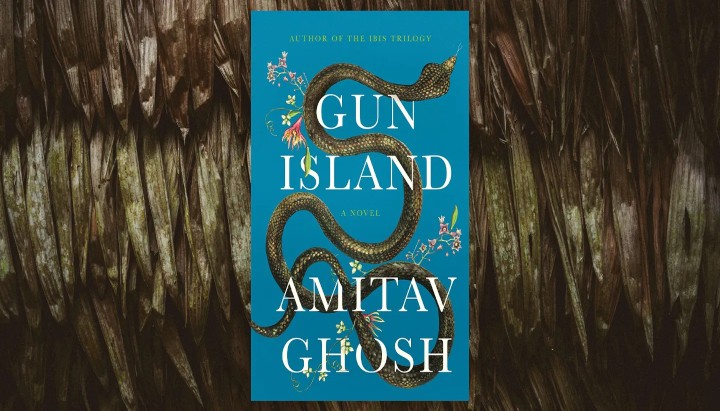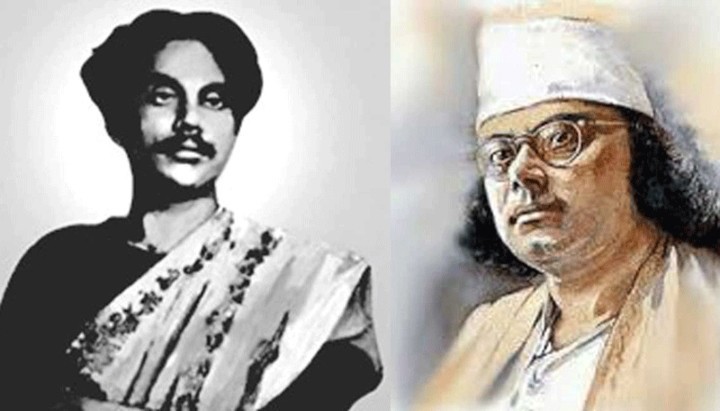Saturday marks the
46th death anniversary of national poet Kazi Nazrul Islam, widely revered for
his limitless contribution to Bengali literature.
To observe the day commemorating the life and works of the
rebel poet, different organisations have lined up multiple programmes
throughout the day.
The Ministry of Cultural Affairs paid its tributes to the
poet by placing floral wreaths on his grave beside the Dhaka University Central
Mosque at 7am.
Top officials of the Ministry of Cultural Affairs honoured
the poet by laying floral wreaths at his grave. The programme was organised in
collaboration with the Kabi Nazrul Institute and other departments and
organizations under the ministry.
Dhaka University (DU) authorities also placed floral wreaths
at the grave of the great poet, with a rally led by its Vice Chancellor (VC) Dr
Md Akhtaruzzaman.
Bangladesh Awami League arranged a special prayer session at
the graveyard of Kazi Nazrul at 9am.
Kabi Nazrul Institute will organise a special seminar and
cultural programme at Rabindra Sorobor in Dhanmondi at 5pm, which will be
joined by the Ministry of Cultural Affairs Secretary Md Abul Mansur as the
chief guest.
Cultural institution Chhayanaut will organise a special
cultural tribute programme at its auditorium in Dhanmondi at 7pm.
The event will be simultaneously broadcast on its Facebook
group and YouTube channel, and the institution is dedicating this event to the
late Nazrul exponent Sohrab Hossain.
Marking the 46th death anniversary of the rebel poet,
Bangabandhu Sheikh Mujib Medical University and Hospital (BSMMU) will lift the
curtain of the Nazrul Memorial Cabin at its B Block's 117 number cabin, the
room where the poet spent his last days, in the capital's Shahbagh.
Envisioned by BSMMU Vice-Chancellor Professor Dr Md
Sharfuddin Ahmed and established in association with late Professor and Nazrul
researcher Dr Rafiqul Islam and State Minister for Cultural Affairs KM Khalid,
the room will be open for visitors on Saturday by State Minister for Disaster
Management and Relief Md Enamur Rahman, along with cultural personality Ramendu
Majumdar.
Several television channels including Bangladesh Television
(BTV), radio stations, including Bangladesh Betar, and online platforms will
broadcast special programmes commemorating the life and works of the national
poet.
Known for his iconoclastic and majestic literary creations,
Kazi Nazrul was born in Churulia village of Burdwan in the Indian
state of West Bengal in 1899.
Through his fiery poems, the poet inspired people to fight
against the injustice and repression of colonial rule.
According to the Nazrul Institute, Kazi Nazrul wrote 2,600
songs, 600 poetries, three novels, and 43 articles in a career spanning 21
years before losing his speech.
After the death of his father, Kazi Nazrul obtained a job as
a caregiver and also worked as a muezzin at a mosque to support his family. At
the age of nine, he had to drop out of school to join a Churulia-based
professional "eto" company.
He was introduced to Bangali and Sanskrit literature while
working for the group. He returned to school a year later and enrolled at
Matharun English School, but dropped out again in Class VI due to poverty.
After a while, police officer Kazi Rafizullah took him in at
his home in Trishal, Mymensingh, and enrolled him in Class VII at Darirampur
School.
Serving the British Army in 1917 as a soldier, Kazi Nazrul
started his literary career within a few years. His cult-classic poem 'Bidrohi'
(The Rebel) was published in 1921. A year later, he started a fortnightly
magazine named "Dhumketu" (The Comet).
His nationalist participation in the Indian Independence
Movement landed him in the hands of colonial British authorities on several
occasions.
While in prison, Kazi Nazrul authored the "Rajbandir
Jabanbandi" (Deposition of a Political Prisoner), and his creations later
encouraged Bangladesh Liberation War.
Freedom, humanity, love and revolution are the constant
themes in Kazi Nazrul's majestic literary creations. He was against all sorts
of religious, caste-based, and gender-based discrimination and extremism.
He wrote short stories, novels and essays, but his songs and
poems are his most critically acclaimed literary creations. He popularised
Bengali ghazal melodies, and is noted for his liberal usage of Arabic and
Persian terms in his writings.
Kazi Nazrul created a new genre in music called "Nazrul
Geeti", a collection of 4,000 songs that he wrote and created the music
for, many of which were recorded on HMV.
In 1942, Kazi Nazrul began to lose his voice and memory due
to an unexplained ailment. Later, a medical team in Vienna identified his
illness as Pick's disease, a rare and incurable neurodegenerative disease.
His family travelled to Bangladesh at the invitation of the
then Bangladeshi government and settled down in Dhaka in 1972.
For his iconic contribution to Bangla literature and
culture, Dhaka University awarded him an honorary post-doctoral degree in
1974.
He was awarded Ekushey Padak in 1976.
Kazi Nazrul breathed his last in Dhaka on 29 August, 1976,
and was buried next to a mosque on the Dhaka University campus, fulfilling a
wish he had made in one of his poems.
- UNB


